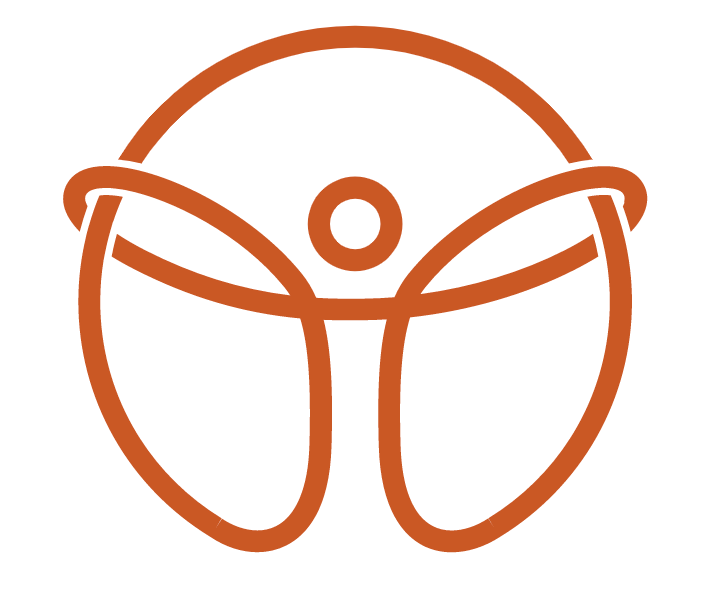How Gait Analysis Can Help Alleviate Underlying Muscle Pain.
Dr. Ackroyd helping a patient with their gait And heel strike
Muscle pain can be a debilitating condition that affects many people worldwide. It often stems from various underlying factors, such as poor posture, muscle imbalances, or improper movement patterns. However, identifying the root cause of muscle pain can be challenging. This is where gait analysis comes to the rescue. In this blog, we will explore how gait analysis plays a crucial role in diagnosing and addressing underlying muscle pain, and why it is an essential tool for healthcare professionals.
What is gait analysis?
Gait analysis is a method used to assess and analyze an individual's walking and running patterns. It involves observing, measuring, and evaluating the way a person moves, including factors like stride length, foot strike, joint angles, and overall posture during movement. This process helps identify irregularities, compensations, and deviations from the norm, which can be valuable in diagnosing the source of muscle pain.
The connection between gait and muscle pain
Identifying Biomechanical Issues: Muscle pain often arises due to biomechanical issues in the body, such as overpronation, supination, or muscle imbalances. These issues can lead to overuse of certain muscles, which can cause pain. Gait analysis can help pinpoint these problems by examining the way a person walks or runs. For example, if someone overpronates (rolls their foot inward excessively) while walking, it can put additional stress on the muscles of the lower leg and lead to pain.
Customized Treatment Plans: Gait analysis provides healthcare professionals with essential information to develop personalized treatment plans. By understanding how a patient's gait contributes to their muscle pain, therapists, chiropractors, and physical trainers can tailor interventions that address the specific issues identified during gait analysis.
Preventing Future Injuries: Correcting gait abnormalities can not only relieve existing muscle pain but also prevent future injuries. By identifying and addressing problematic movement patterns, gait analysis helps individuals adopt healthier, more efficient ways of moving, reducing the risk of muscle pain and injuries down the line.
How gait analysis works
Footwear Assessment: A crucial part of gait analysis involves examining an individual's footwear. The type of shoes worn can significantly impact gait. The wear pattern on the soles of shoes can provide insights into an individual's gait and potential problems.
Motion Capture Technology: Gait analysis often utilizes motion capture technology, such as cameras and force plates, to track a person's movements. This approach allows for precise measurement of various parameters, such as joint angles, ground reaction forces, and the timing of foot strike. In your appointment Dr. Ackroyd will use his iPad to record your movements to analyze.
Physical Examination: In addition to technology, Dr. Ackroyd also perform physical examinations during gait analysis. This includes assessing muscle strength, flexibility, and joint mobility to get a comprehensive view of the patient's physical condition.
How we can help
Gait analysis is a powerful tool for diagnosing and addressing underlying muscle pain. By examining an individual's gait and identifying biomechanical issues, healthcare professionals can develop customized treatment plans that target the root causes of muscle pain. This approach not only helps in pain relief but also prevents future injuries, promoting long-term musculoskeletal health. If you're suffering from muscle pain, consider undergoing gait analysis to gain a better understanding of your condition and start your journey toward a pain-free, active life by scheduling an appointment with us. Take the first step towards a pain-free life today!

